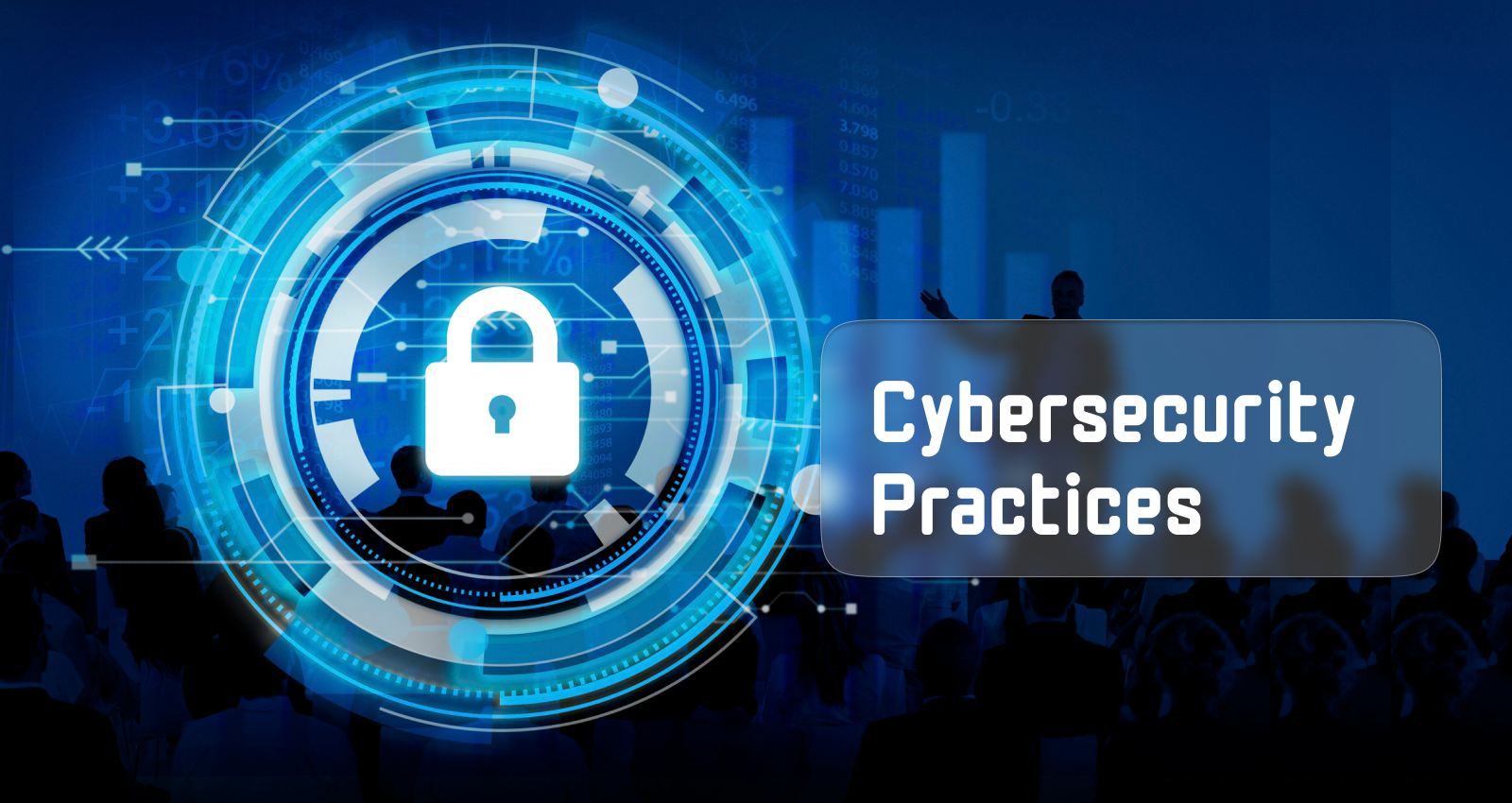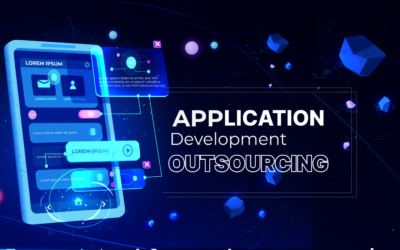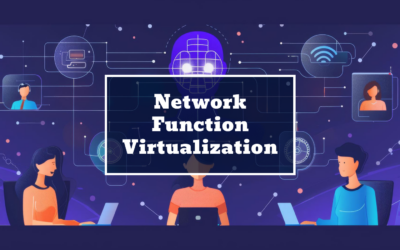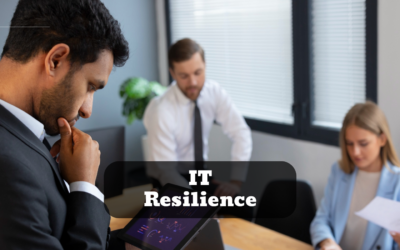Best Cybersecurity Practices for Kubernetes Projects

As organizations embrace cloud-native technologies, Kubernetes has become a go-to platform for managing containerized applications. While Kubernetes offers many advantages in terms of scalability and automation, it also introduces new security challenges. In this blog, we’ll explore the best cybersecurity practices for Kubernetes projects, ensuring your clusters remain secure in an ever-evolving threat landscape.
What is Kubernetes?
Kubernetes is an open-source platform that automates the deployment, scaling, and management of containerized applications. It simplifies managing complex, distributed systems by grouping containers into logical units called pods and orchestrating them across a cluster of machines.
Kubernetes has revolutionized how applications are deployed and maintained, but it also introduces unique security challenges. As organizations use Kubernetes for mission-critical applications, securing the infrastructure becomes essential.
What is the Kubernetes Architecture?
Understanding the architecture is key to securing Kubernetes. At a high level, Kubernetes architecture consists of the following components:
1. Master Node: This node is the control plane of the cluster and is responsible for managing the cluster’s state. It includes several critical components:
- API Server: The interface through which all interactions with Kubernetes occur.
- etcd: The cluster’s configuration and state storage.
- Scheduler: Assigns workloads to nodes based on resource availability.
- Controller Manager: Ensures that the current state of the cluster matches the desired state.
2. Worker Nodes: These are the machines where your application’s containers run. Each worker node contains:
- Kubelet: Communicates with the API server and manages the containers on the node.
- Container Runtime: The software responsible for running containers, such as Docker.
- Kube-proxy: Manages networking, and routing traffic between containers within the cluster and external traffic.
3. Pods: The smallest unit in Kubernetes, pods contain one or more containers that share networking and storage. Pods are ephemeral, meaning they can be dynamically created and destroyed.
4. Namespaces: These allow logical isolation within a cluster, enabling the separation of different applications or environments for better security and management.
By understanding these components, we can now discuss the best practices for securing a Kubernetes cluster.
Best Practices for Keeping Your Kubernetes Cluster Secure
1. Regularly Install Updates and Security Patches for Your Operating System and Kubernetes Components
Cyber threats are always evolving, which makes it crucial to keep your Kubernetes cluster up to date. Whether it’s vulnerabilities in the operating system, Kubernetes itself, or third-party components, applying patches on time reduces the risk of exploitation.
- Update the host operating system: The operating system on which Kubernetes runs should be regularly updated with the latest security patches. Critical vulnerabilities in the OS kernel or packages like SSH, can leave your entire cluster exposed.
- Keep Kubernetes components up to date: Regularly update kubelet, kube-proxy, and kubectl as new vulnerabilities are discovered and fixed. This ensures that you are protected against known security issues.
- Patch third-party tools: Ensure that any third-party tools integrated into your Kubernetes environment, such as monitoring or logging tools, are also regularly updated.
2. Verify File Access Within the Operating System
Operating system security is fundamental to securing Kubernetes. By ensuring proper file permissions and access controls, you reduce the risk of unauthorized access to sensitive data or system files.
- Set file permissions: Limit file access to only authorized users. Critical system files, such as Kubernetes configuration files, should be accessible only by root or administrative users.
- Use SELinux or AppArmor: These are Linux kernel security modules that provide mandatory access control (MAC). They let you define and enforce security policies, limiting the access containers and services to the underlying OS.
- Regularly audit file access logs: Ensure you are logging file access and regularly reviewing logs to detect any suspicious behavior that might indicate an attempted breach.
3. Verify Sources and Scan Docker Images for Dangerous Elements
Containers are built from Docker images, and any vulnerabilities in these images can compromise your Kubernetes cluster. Always ensure that the images you use are secure.
- Use trusted image sources: Avoid using Docker images from public repositories unless they come from a trusted, verified source. Using images from untrusted sources can expose your cluster to malware or vulnerabilities.
- Scan Docker images for vulnerabilities: Use tools like Clair, Trivy, or Aqua Security to scan images for known vulnerabilities before deploying them. These tools will help you identify potential security risks early.
- Keep images lightweight: The more software and libraries included in an image, the higher the risk of vulnerabilities. Remove unnecessary software from your images and keep them as small and focused as possible.
4. Make Sure Your Role-Based Access Control (RBAC) Policies Are Set Up Correctly
Role-Based Access Control (RBAC) is a powerful tool for controlling who can access and perform actions in your cluster. Misconfigured RBAC can lead to over-permissioned users, creating a serious security risk.
- Principle of least privilege: Ensure that users and services are only given the permissions they need to perform their jobs. Avoid granting cluster-wide admin privileges unless necessary.
- Audit RBAC policies regularly: Review your RBAC policies periodically to ensure they remain aligned with your security requirements. Remove permissions that are no longer needed.
- Use service accounts: Assign service accounts with specific roles for different services, isolating privileges and reducing the risk of abuse.
5. Store Sensitive Data Safely
Sensitive data, such as passwords, API keys, and certificates, must be stored securely to prevent unauthorized access. Kubernetes offers mechanisms for securely managing secrets.
- Use Kubernetes Secrets: Store sensitive information as Kubernetes Secrets, which are encoded and can be encrypted at rest.
- Rotate secrets regularly: Regularly rotate secrets to limit exposure in case of compromise. Implement automation for secret rotation if possible.
- Limit access to secrets: Ensure that only authorized pods and services have access to specific secrets, minimizing the risk of accidental exposure.
6. Create a Dedicated Namespace
Namespaces provide a way to logically separate resources in your Kubernetes cluster. This helps improve security by isolating different workloads and users.
- Create dedicated namespaces for different teams or projects: This allows you to apply different security policies for different groups, reducing the risk of one team’s workload affecting another.
- Apply network policies and RBAC to specific namespaces: Each namespace can have its own set of network policies and access controls, allowing for granular security.
7. Configure Your Network Policy to Limit Communication Between Other Network Segments
Kubernetes Network Policies allow you to control communication between pods and the outside world. Proper configuration of network policies is key to minimizing the attack surface.
- Restrict pod-to-pod communication: Only allow pods that need to communicate with each other to do so. Use network policies to block unnecessary traffic between pods.
- Segment different network zones: Create separate network zones for different services or environments, limiting the scope of any potential attack.
8. Secure the API
The Kubernetes API server is the central hub for managing the cluster. Securing it is crucial for preventing unauthorized access and manipulation of your cluster.
- Limit access to the API: Only allow access to the API from trusted sources and users. Use firewalls and network policies to block unwanted traffic.
- Use TLS encryption: Ensure that all communication with the API server is encrypted using TLS to prevent interception.
9. Monitor Ingress and Egress
Ingress (incoming traffic) and egress (outgoing traffic) must be closely monitored to ensure that no unauthorized data is entering or leaving your cluster.
- Use Ingress controllers: Manage external traffic coming into your cluster using Ingress controllers, which can apply security rules and protect your applications from threats.
- Monitor outbound traffic: Ensure that pods are not leaking sensitive data by monitoring outbound connections. Network policies can be used to block unwanted egress.
10. Keep a Record of Actions Performed in a Cluster
Auditing and logging are essential for tracking
activities within your Kubernetes cluster, allowing you to identify and respond to security incidents in real-time.
- Enable audit logging: Kubernetes has an audit logging feature that records every interaction with the API server. Ensure that audit logs are enabled and stored securely for future reference.
- Monitor log activity: Use log monitoring tools like ELK (Elasticsearch, Logstash, and Kibana) or Prometheus to analyze logs in real-time, looking for signs of suspicious activity such as unauthorized API access or changes to critical resources.
- Set up alerts: Configure alerts for abnormal or unexpected events. For example, if an unauthorized user tries to access sensitive namespaces, an alert should be triggered.
Conclusion
Securing a Kubernetes cluster is an ongoing process that requires vigilance and careful attention to detail. From regularly patching your systems to setting up proper role-based access control and monitoring network traffic, each step is crucial for maintaining a secure environment. By following these best practices, you can significantly reduce the risk of security breaches and ensure the integrity of your Kubernetes workloads.
It’s important to remember that Kubernetes security is a shared responsibility between your development team, operations team, and any third-party providers you may be using. Regular audits, continuous monitoring, and a proactive approach to patching and configuration management will go a long way in keeping your Kubernetes environment secure from the ever-evolving threat landscape.
Are you looking for any IT Services such as Web design and Development, Professional/Staff Augmentation Services, Cloud Computing, Mobile App Development, Digital Marketing Services and more? Connect Stridefuture Technology, which helps to meet your requirements.
{StrideFuture Technology, a full-service company specializing in Software Solutions and Consultancy services. We specialize in Personal, Business, IT Services, Web design and Development, Mobile App Development, Digital Marketing Services, and much more you can dream Virtually with us! Reach out for more service at StrideFuture Technology.}









